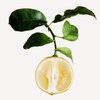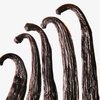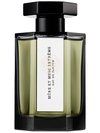Blackcurrant Bud
Fruity, mentholated, sulphurated.
Fresh, mentholated facets mingle with tart—yet sweet—fruity notes in a delicate balance of juicy acidity. The blackcurrant note costs a pretty penny, and therefore is exclusive to fine perfumery. Noses must heed caution: the blackcurrant note has an animalic edge that has been likened to the urine of a cat. However, when expertly blended, its scent is bold, unique and divinely aromatic.
Data sheet
- Type
- Extraction Method
- Used parts
- Natural raw material
- Solvent extraction
- Buds

































